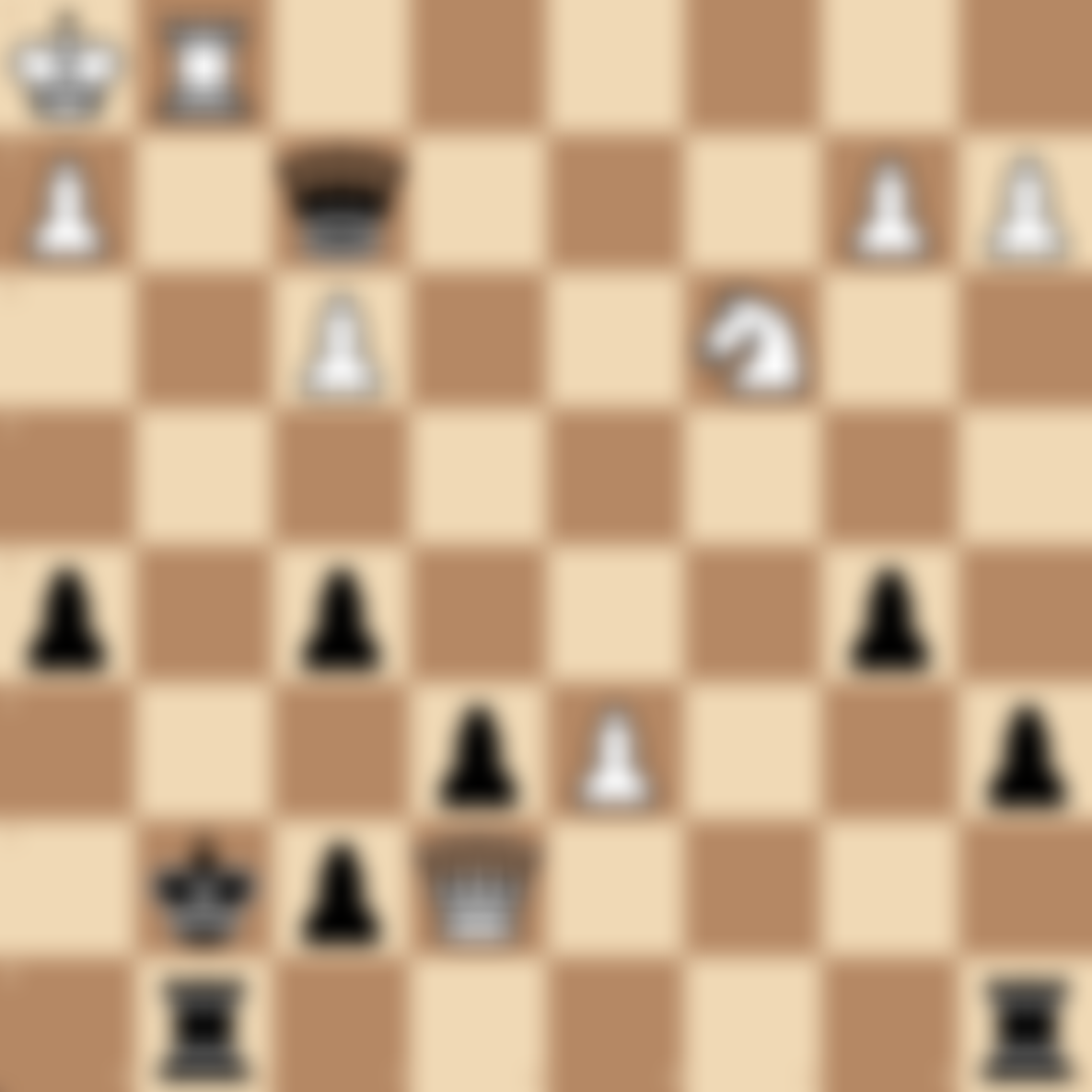Mate in Three Plus: Advanced Chess Combinations
Table of Contents
- Introduction
- What is a Mate in Three Plus?
- Importance of Studying Longer Mating Sequences
- Common Themes in Mate in Three Plus Combinations
- How to Calculate Longer Mating Sequences
- Defending Against Complex Mating Attacks
- Famous Mate in Three Plus Examples
- Practice Mate in Three Plus Puzzles
- FAQs
Introduction
While mate in one and mate in two puzzles are excellent for sharpening tactical vision, mate in three plus combinations take chess calculation and imagination to a whole new level. At chesspuzzles.io, we've crafted this comprehensive guide to help you master the art of longer mating sequences, enhancing your overall chess prowess.
What is a Mate in Three Plus?
A mate in three plus refers to a chess position where a player can force checkmate in three or more moves, regardless of how the opponent responds. These sequences often involve complex sacrifices, unexpected moves, and deep calculation.
Importance of Studying Longer Mating Sequences
Understanding and practicing mate in three plus combinations is crucial for several reasons:
- Develops calculation skills: Forces you to visualize multiple moves ahead.
- Improves pattern recognition: Helps identify common mating patterns in complex positions.
- Enhances creativity: Encourages thinking outside the box to find unexpected solutions.
- Builds confidence: Mastering complex combinations boosts overall chess confidence.
- Practical application: While rare in games, the skills developed transfer to other aspects of chess.
Common Themes in Mate in Three Plus Combinations
- Clearing sacrifices: Removing defensive pieces to open lines for the attack.
- King hunts: Forcing the enemy king into a mating net through a series of checks.
- Quiet moves: Non-checking moves that set up the final mating sequence.
- Zugzwang: Forcing the opponent to make a move that worsens their position.
- Interference: Blocking crucial defensive resources to enable the mating attack.
How to Calculate Longer Mating Sequences
- Identify the target squares around the enemy king.
- Look for forcing moves, such as checks and captures.
- Consider quiet moves that might improve your attacking position.
- Visualize the opponent's possible defenses at each step.
- Work backwards from the final mating position if you're struggling to find the solution.
- Practice regularly to improve your calculation speed and accuracy.
Defending Against Complex Mating Attacks
- Stay alert to your opponent's threats, even if they're not immediate.
- Look for counterattacking opportunities that might disrupt your opponent's plan.
- Create luft (an escape square) for your king proactively.
- Be willing to sacrifice material to disrupt a mating attack.
- Practice solving defensive puzzles to improve your resilience against attacks.
Famous Mate in Three Plus Examples
- Anderssen's Immortal Game (1851): Adolf Anderssen vs Lionel Kieseritzky, featuring a spectacular queen sacrifice leading to mate.
- The Evergreen Game (1852): Adolf Anderssen vs Jean Dufresne, showcasing a brilliant king hunt.
- Levitsky vs Marshall (1912): Frank Marshall's famous "golden move" leading to a mate in four.
Practice Mate in Three Plus Puzzles
Sharpen your skills with our extensive collection of mate in three plus puzzles:
Try our Mate in Three Plus Puzzles on chesspuzzles.io now
These challenging puzzles are designed to stretch your calculation abilities and deepen your understanding of complex mating patterns.
FAQs
Q: How common are mate in three plus opportunities in real games? A: While less common than shorter mating sequences, they do occur, especially in games with aggressive attacking play.
Q: Can computers always find mate in three plus if it exists in a position? A: Yes, modern chess engines are extremely proficient at finding even very long forced mating sequences.
Q: How long can a forcing mating sequence be? A: Theoretically, a forced mate can be extremely long. Some composed chess problems feature mates in 50+ moves!
Q: Is it worth spending time in a real game calculating a potential mate in three plus? A: It depends on the time control and position. In rapid or blitz games, it's often more practical to look for simpler winning continuations if available.
Q: How can I improve my ability to calculate longer mating sequences? A: Regular practice with mate in three plus puzzles on chesspuzzles.io, analyzing complex games, and studying famous mating combinations can significantly improve your skills.
Challenge yourself to master the art of long mating sequences and take your chess to the next level! Ready to put your skills to the test? Try our Mate in Three Plus Puzzles on chesspuzzles.io now and experience the thrill of executing complex, game-winning combinations!
